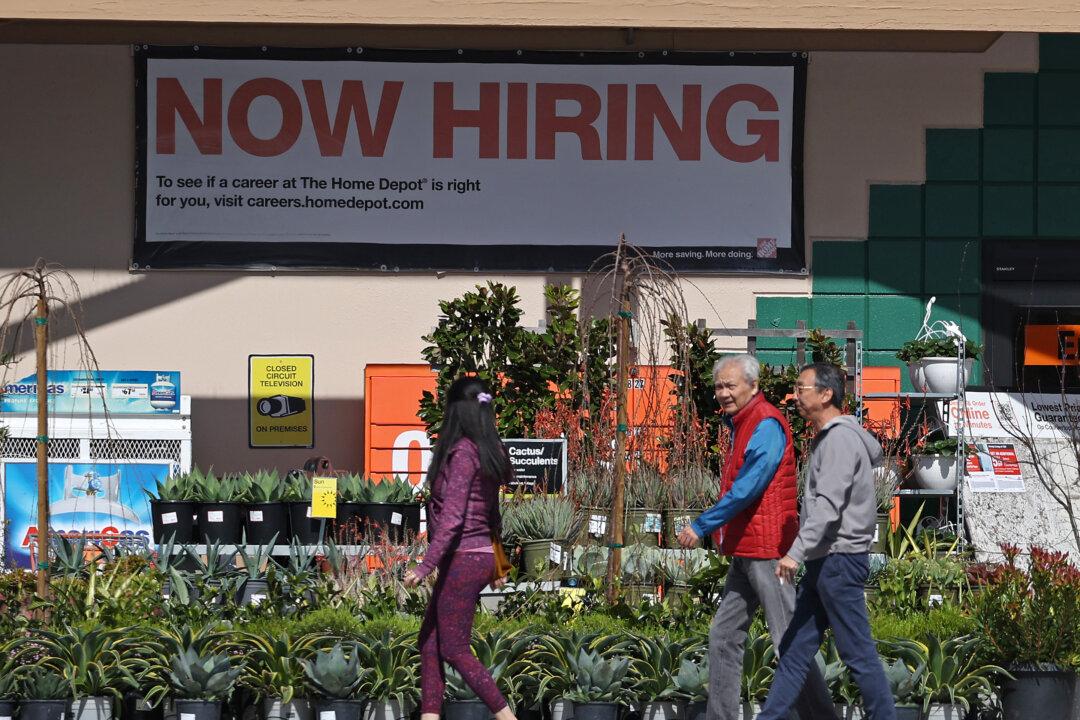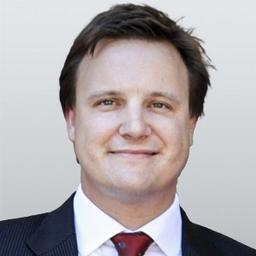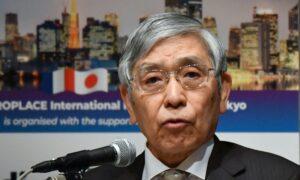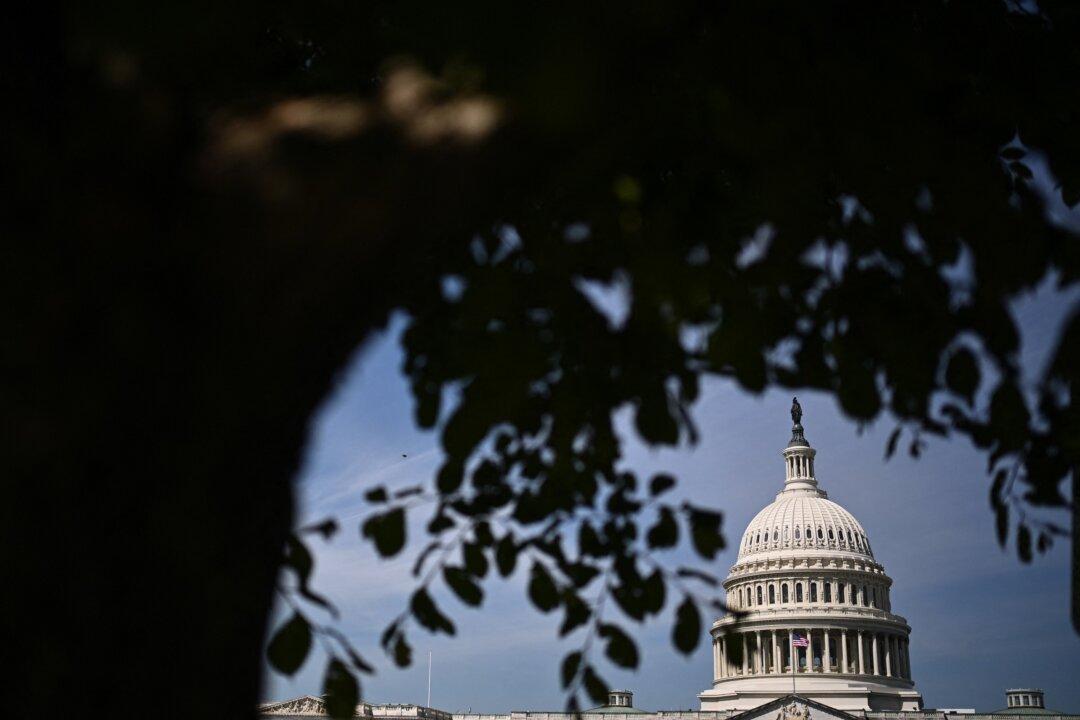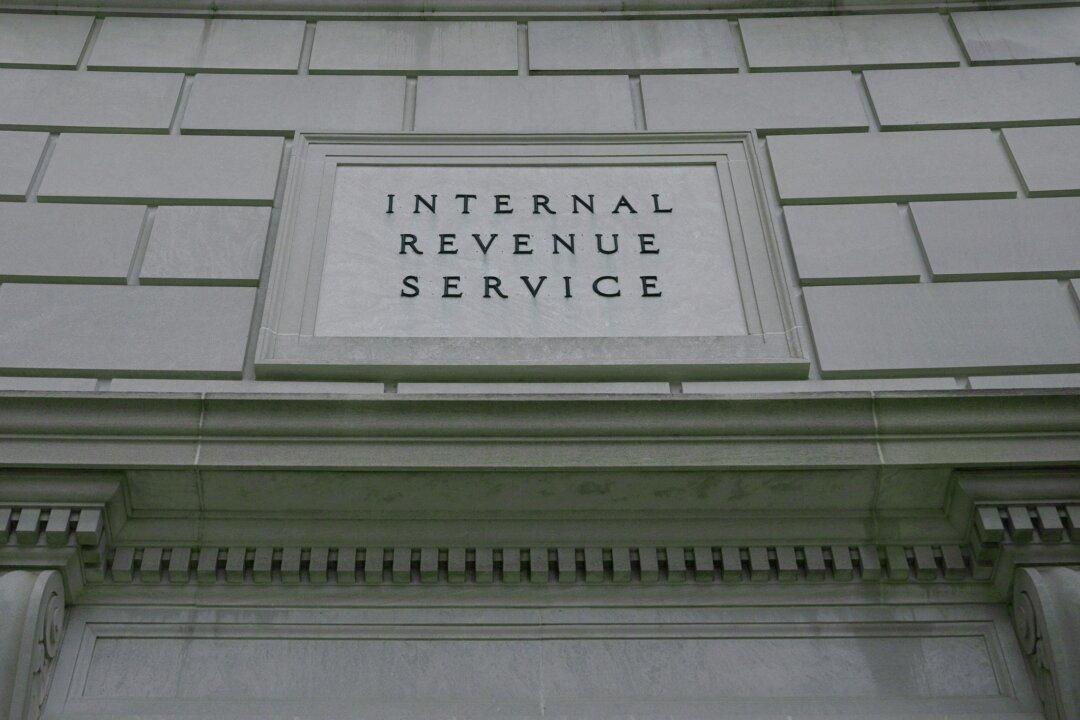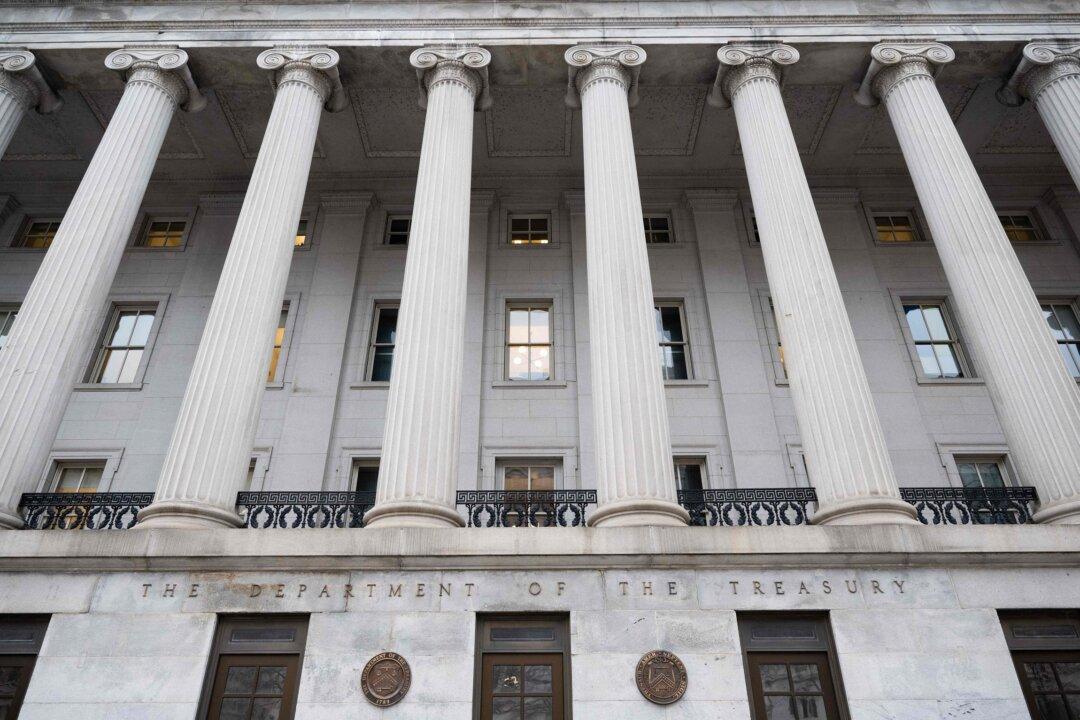Soon after President Joe Biden’s State of the Union address, presidential candidate Robert F. Kennedy Jr. released his own state of the union, in which he claimed that if discouraged workers were included in current unemployment metrics, the U.S. unemployment rate would stand at 23 percent.
For the record, a discouraged worker is someone who is capable of working and meets the criteria for employment but is jobless and hasn’t made efforts to seek employment in the past four weeks.
The “true rate of unemployment” (TRU) monitors people in the United States (aged 16 and above) who lack full-time employment (defined as working 35 or more hours per week), have part-time employment but desire additional hours, or do not earn a sufficient living wage.
Taking into account the percentage of the U.S. labor force that is functionally unemployed, the TRU, from the Ludwig Institute for Shared Economic Prosperity, in 2022 was 23.6 percent.
As of March, the official U.S. unemployment rate is listed at 3.9 percent. Today, the TRU stands at 23.3 percent, encompassing nearly a quarter of the U.S. workforce and coming in six times higher than the actual reported figure.
This is a staggering number, and it reflects the true health of the U.S. economy. Although we have avoided a catastrophic economic crash landing, unemployment numbers this high reflect serious systemic problems within the U.S. workforce.
Inside these drastic unemployment numbers, those without a high school diploma have an unemployment rate of 79 percent. Those with a high school diploma have an unemployment rate of 57 percent. Those with bachelor’s degrees are at 37 percent, and those with an advanced degree are at 35 percent. By race, the rate is 50 percent for black people, 52 percent for Hispanics, and 52 percent for white people.
In some metropolitan areas, such as Augusta, Georgia, and Las Vegas, the TRU is above 30 percent. In Colorado Springs, Colorado, the rate is 50 percent. In Springfield, Massachusetts, and Greensboro-High Point, North Carolina, the rate is 60 percent.
The metrics used to compute U.S. unemployment are inaccurate and manipulated. An unemployment rate of 5 percent does not mean the remaining 95 percent of the U.S. population is actually employed. Those who have stopped seeking employment are not even acknowledged as unemployed, and part-time workers are classified as employed. Furthermore, the long-term unemployed and huge swaths of the U.S. population are not even considered in official unemployment numbers.
Many employed workers are newly hired government workers. The federal government does this to bolster reported unemployment numbers. It is utter lunacy to hire part-time workers for the sole benefit of increasing reported employment, especially if the government is pushing initiatives to onboard employees who are not fully employed (some part-time workers work only a few hours a week).
At a recent session at the National Conference of State Legislatures, which focused on workforce issues, one of the speakers mentioned that, according to the U.S. Chamber of Commerce, there are 9.8 million job openings but only about 5.9 million job seekers to fill them and that although the national “reported” unemployment rate is 3.5 percent, the national labor force-participation rate decreased from 66.8 percent to 61.7 percent between 2001 and 2021.
The above statement shows the incredible disconnect between the truth and reported figures. Although statistics are frequently manipulated to convey various narratives, ideally, assessing the health of our nation’s unemployment should be straightforward. Pushing bogus unemployment numbers is nothing short of propaganda, especially in a highly contentious election year. Dependency on a flawed metric to gauge economic “well-being” is deceptive. At best, this is a wonky economic indicator that has little relevance to the real health of the economy.
